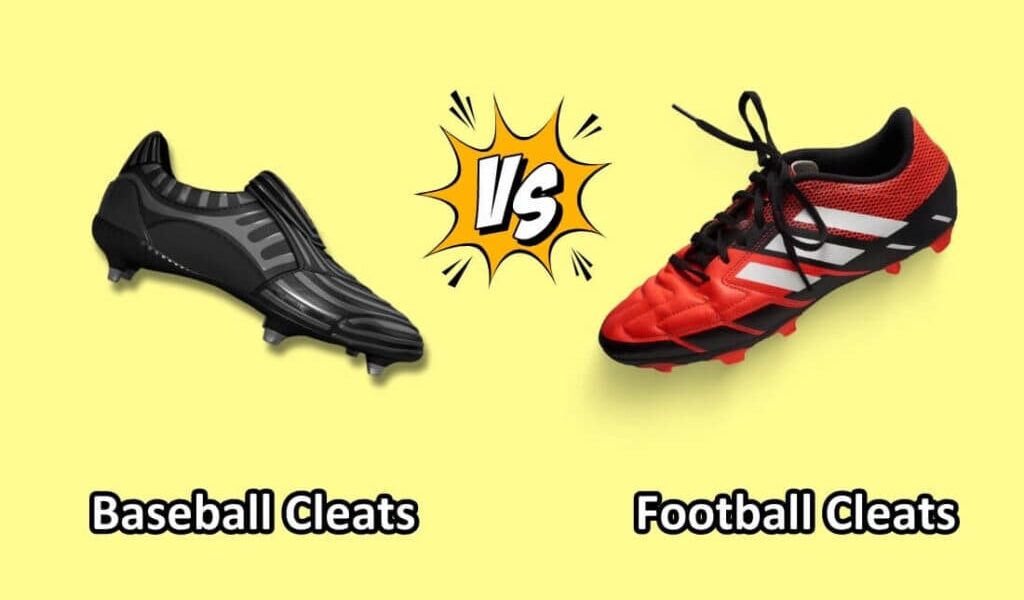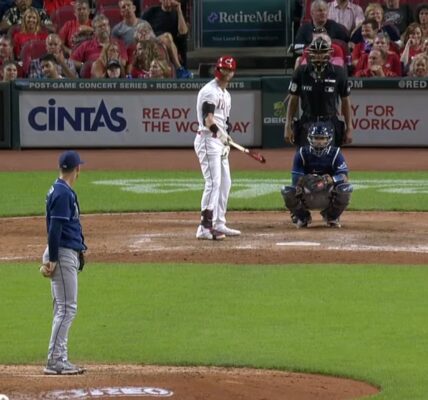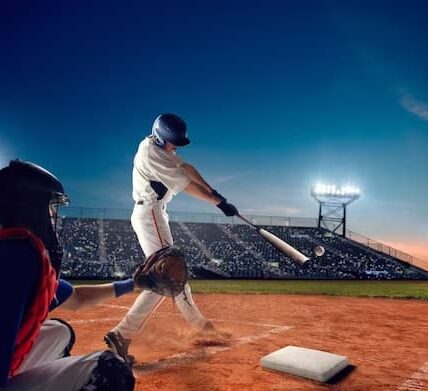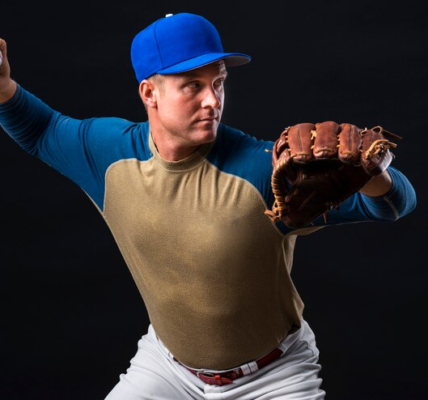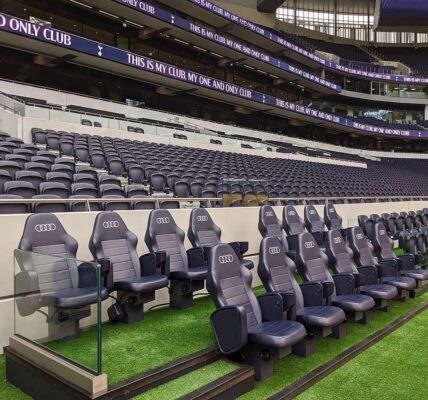Understanding the nuances that differentiate baseball and football cleats is crucial for optimizing performance and safety on the field. This article delves into the key design features that set these two types of athletic footwear apart, considering their unique requirements in their respective sports.
Commonalities Between Baseball and Football Cleats
Both baseball and football cleats share the primary objective of safeguarding athletes and enhancing on-field performance. They are designed to offer protection, particularly for the legs and ankles, which are susceptible to injuries. Comfort is another critical aspect of these cleats, as discomfort can hinder athletic performance. Additionally, these cleats are tailored to the specific playing surfaces of their respective sports, ensuring optimal traction and stability.
Distinct Characteristics of Baseball and Football Cleats
While both types of cleats serve similar fundamental purposes, their designs differ significantly. Football cleats typically have rubber bottoms and are designed for stability during quick lateral movements, cuts, and turns on grass fields. In contrast, baseball cleats generally feature metal spikes for improved traction during sprints and quick movements. The construction of baseball cleats tends to be lighter and more flexible, while football cleats are sturdier and heavier to accommodate the sport’s demands.
Selecting Appropriate Cleats for Each Sport
When choosing cleats, it’s imperative to consider the specific sport and playing surface. Baseball and football cleats are not interchangeable due to their distinct designs and intended uses. For instance, a cleat designed for use on turf may not be suitable for dirt or grass fields. Trying on various brands and styles in a physical store is recommended to ensure the best fit and comfort. Online purchases without prior fitting can lead to sizing issues and discomfort.
Essential Considerations for Cleat Selection
- Sport-Specific Design: Understand that cleats are designed with the specific movements of each sport in mind;
- Cleat Material: Recognize the difference in materials; football cleats typically use rubber, while baseball cleats often have metal spikes;
- Weight and Flexibility: Consider the weight and flexibility of the cleats, as baseball requires lighter footwear for sprints, whereas football demands sturdier cleats for lateral movements;
- Surface Compatibility: Choose cleats appropriate for the playing surface, whether it’s grass, dirt, or artificial turf;
- Comfort and Fit: Prioritize comfort and proper fit by trying on different brands and styles before making a purchase.
Comparative Table: Baseball vs. Football Cleats
| Feature | Baseball Cleats | Football Cleats |
|---|---|---|
| Material | Often metal spikes | Typically rubber bottoms |
| Design Purpose | Quick bursts, sprints | Lateral movements, sharp turns |
| Weight | Lighter, more flexible | Heavier, sturdier |
| Surface Suitability | Designed for dirt and grass fields | Tailored for grass and turf play |
| Comfort Consideration | Lightweight for speed | Stable and durable for protection |
MLB Dome Stadiums: Influence on Cleat Choice and Player Performance
The design and features of MLB dome stadiums have a significant impact on the choice of cleats and player performance. This section, “MLB Dome Stadiums: Influence on Cleat Choice and Player Performance,” explores how the controlled environments of these stadiums affect an athlete’s footwear decision and gameplay.
In dome stadiums, such as Tropicana Field and Globe Life Field, the consistent playing surfaces, often artificial turf, necessitate specific types of cleats. Baseball cleats designed for these environments typically have shallower spikes and are tailored for traction on synthetic surfaces. The absence of external weather elements in these stadiums also means that players can opt for lighter, more breathable footwear, focusing on speed and agility rather than protection from the elements.
Furthermore, the predictable playing conditions in dome stadiums allow players to fine-tune their performance, relying less on adapting to variable field conditions and more on their skills and strategies. The uniformity of the surface in these enclosed stadiums ensures consistent ball behavior, allowing players to optimize their gameplay.
The choice of cleats in these settings is, therefore, not only a matter of personal preference and comfort but also a strategic decision that aligns with the unique characteristics of MLB dome stadiums. Understanding the implications of playing in such environments is crucial for athletes to maximize their performance.
Video Guide
To answer all your questions, we have prepared a video for you. Enjoy watching it!
Conclusion
In conclusion, selecting the correct type of cleats is a vital decision that impacts an athlete’s performance and safety in their respective sport. The key differences between baseball and football cleats lie in their construction, material, and design, each tailored to meet the unique demands of the sport. While both types of cleats provide essential protection and traction, their specific features like spike material, weight, and flexibility cater to the distinct movements and playing surfaces of baseball and football.
Understanding these differences is crucial for athletes to make informed decisions when purchasing cleats. Whether it’s the metal spikes of baseball cleats for rapid movement or the sturdy, rubber-soled football cleats for stability and quick turns, choosing the right footwear is instrumental in enhancing performance and preventing injuries. Athletes should always prioritize comfort, fit, and suitability for the playing surface to ensure the best on-field experience.
